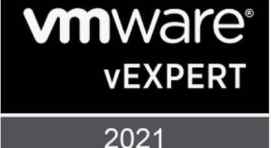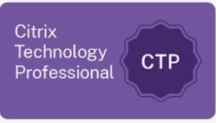If you use Citrix XenApp to deliver virtualized applications to your users, it is possible to deliver locked down published desktops to your users through the same technology. This method allows your users the flexibility that that they need for their virtual desktop without the huge costs tied to a formal VDI solution.
This article will highlight some of the primary advantages and disadvantes of using XenApp Hosted Desktops as a VDI solution.
[wp_ad_camp_1]
Advantages
- Depending on the memory, CPU and disk space for your underlying infrastructure it is possible to get more Hosted desktops available to your users than with traditional VDI. This is because a traditional VDI solution requires more resources to sufficiently function than a published hosted desktop.
- Use group policy to lockdown and enforce a Windows 7 look and feel. See the image below for the basic settings required
- Any peripherals that work with your published applications in Citrix XenApp will function the same in a Hosted published desktop.
- Printing will function the same as your Citrix XenApp published applications.
Disadvantages
- Peripherals that do not work with your Citrix XenApp published applications will not work in a hosted desktop, so depending on your use cases you may need to look at traditional VDI solution such as VMware, XenDesktop or Hyper-V.
- Audio quality may not be as perfected as with a true VDI solution.
- Applications may require users to have local administrator rights to the Citrix server.
Regardless of your decision hopefully this provides you with some insight toward whether or not a Citrix XenApp hosted desktop may be a good option for your organization.






